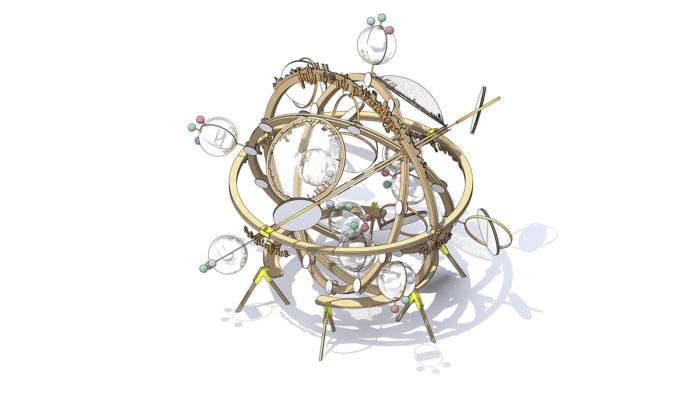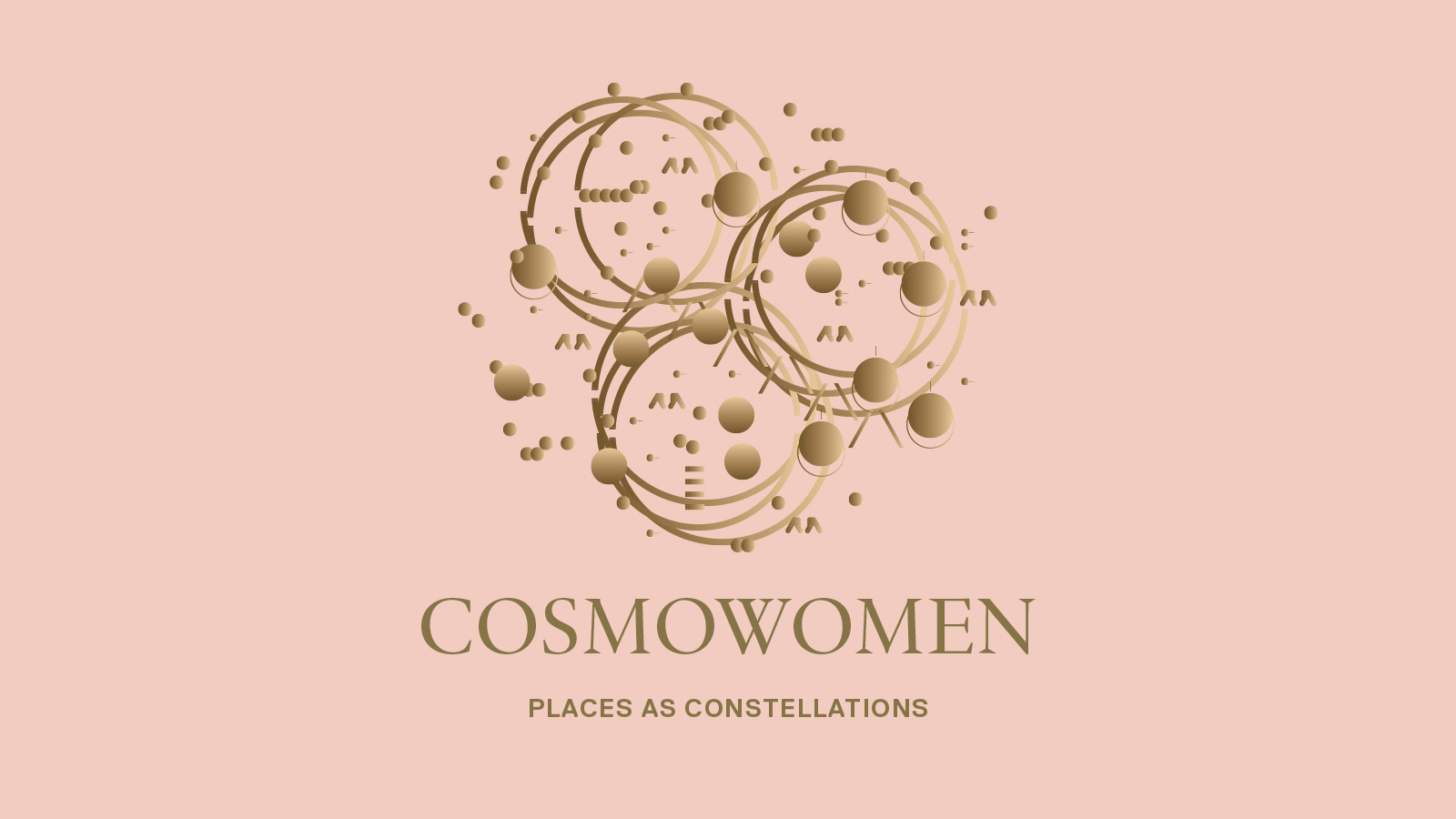On How We will rebuild intimacy
The first sphere is Gynaeceum, a reflection on places for a new kind of domesticity. The term comes from classical Greece, where women lived together, developing plentiful relationships of solidarity and mutual understanding, if we are to judge by descriptions such as those of the female poet Sappho, but deprived of the right to own or inherit property or participate in public, economic and political life, sharing obligations to perform tasks such as making textiles. The home was an essential instrument for maintaining social order by segregating women and subjecting them to surveillance, replicating the philosophy of segregation and control that applied in the public space of the city state. Reproduction, especially that of female slaves, was essentially an economic activity that served to ensure the sustainability of the family clan.

The Gynaeceum sphere reflects on material aspects of habitation and their anthropological dimension: the importance of detail, sometimes called the decorative element (which in some societies, according to authors such as L vi-Strauss, becomes the mechanism by which family and group identity are constructed), soft, comfortable materials, and the concept of delicate, light, gentle protection implicit in baby clothes and accessories and women’s lingerie. It also reflects on the patterns of connectivity in the home: how homes are connected with each other and with what we call the periphery or what we call the cosmos or nature. Another of the places or rings examines how we formulate our idea of a home culturally, as the setting of our aspirations for consumption or representation.

The Gyneaceum sphere is made up of six rings:
– Detail
– Softness
– Blurring pop
– Material lingerie
– Suburban alternative
– From home to universe


